Located on the Red River, with fertile alluvium, Hong Phong commune, Vu Thu district is a suitable land for growing mulberry, providing clean materials to ensure good silkworm growth. Currently, the commune has about 257 hectares of mulberry with nearly 1,200 households engaged in silkworm farming. People consider this a traditional profession passed down from their ancestors, always consciously preserving and promoting it through many generations.

According to Mr. Le Manh Truong - Chairman of Hong Phong Commune People's Committee, the silkworm farming profession was brought to the locality in the early 60s of the last century. After many ups and downs, from 2010 to now, the profession has had many improvements thanks to the application of new technology, investment in science and technology, creating a closed cycle, specialization to increase productivity, and enhance the value of raw materials. People are increasingly attached to it because of its better economic efficiency, 10 times higher than rice farming, bringing a stable life to local households.

The beauty of sericulture is that it is suitable for many ages, thanks to the division of production stages, especially those who are past working age, can still generate income. Entering the village, you can easily see a student chopping and spreading mulberry leaves to feed silkworms or an old man leisurely separating cocoons in the middle of the yard. Although not too hard, taking care of silkworms from the time they incubate eggs, until they grow and make cocoons, drying the silk in the sun to make it shiny enough... requires a lot of manpower and always working from early morning until late at night.

Silkworms are quite sensitive to weather and humidity, and today they are raised in cold chambers with dehumidifiers to ensure a stable environment. Each family will take on a stage, this family incubates eggs and raises silkworms to provide breeds, the next family raises large silkworms for yellow cocoons, and another family raises silkworms for white cocoons. Thanks to cold chamber techniques, the white cocoon silkworm breed, which used to be raised only in winter and spring, can now be raised all year round, giving better productivity and higher economic efficiency than yellow cocoons. However, due to market demand, people here still choose to raise both. 

As the demand for natural materials or finished products of mulberry trees and silkworms increases, the sericulture industry has always had a stable output. Each household usually has about 8-10 silkworm trays, with a productivity of 3 batches/month, earning hundreds of millions of VND per year.

The golden and white cocoons, meticulously cared for and cherished day and night by those who “eat standing up”, have now become precious assets that bring “gold and silver” and prosperity to every family in Hong Phong.
Heritage Magazine












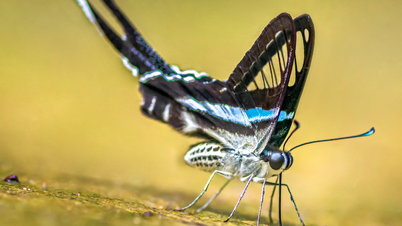









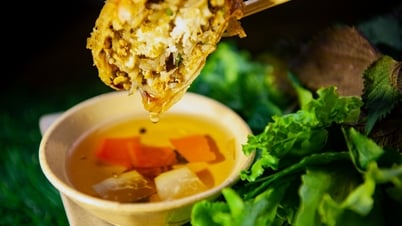



































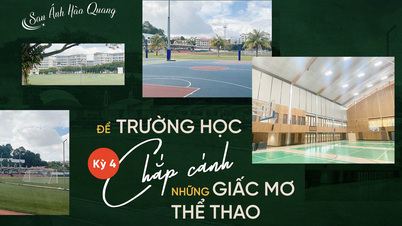





















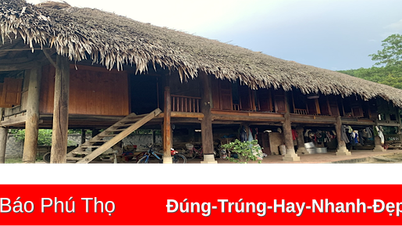















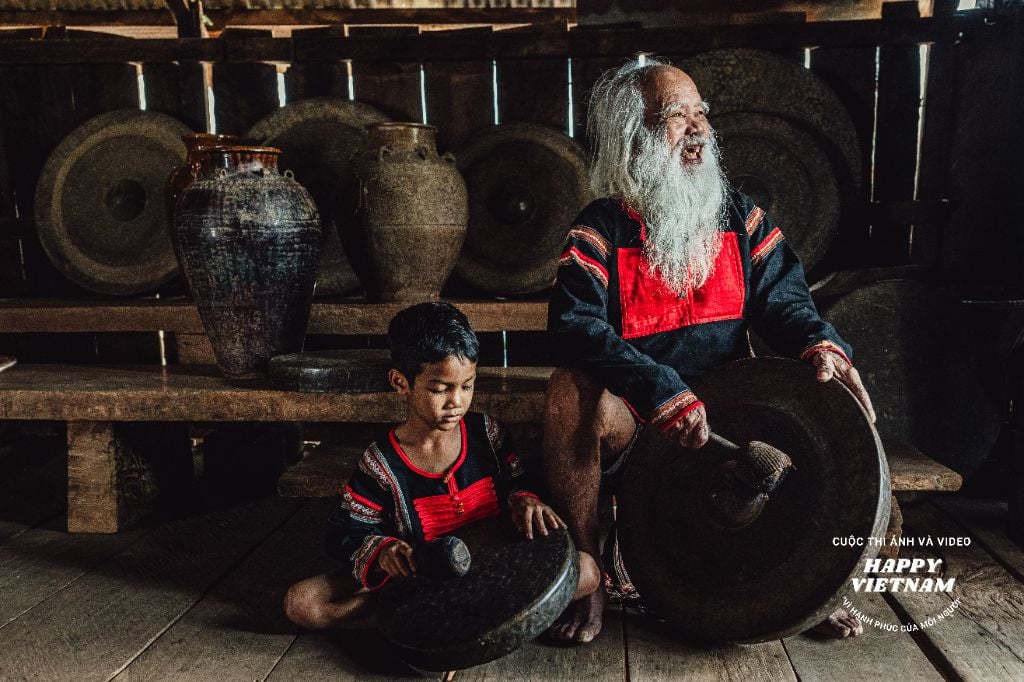

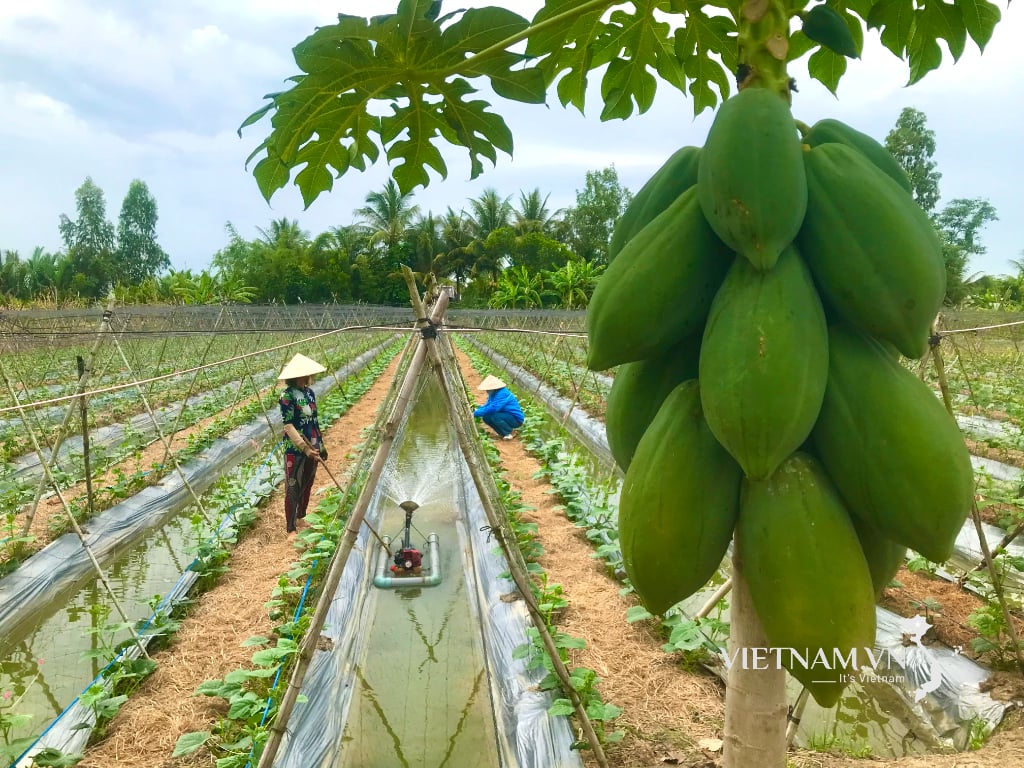
Comment (0)